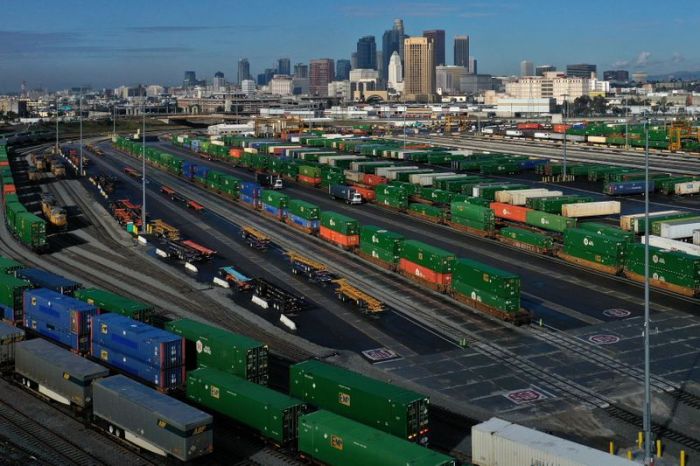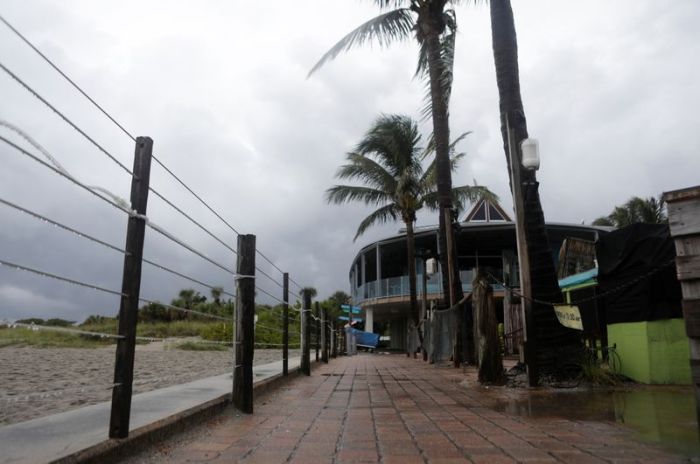FRANKFURT (Reuters) – The European Central Bank set a new inflation target on Thursday and carved out a major role in the fight against climate change, as Europe’s most powerful financial institution embarked on the biggest policy overhaul in its 23-year history.
Following are highlights of ECB President Christine Lagarde’s comments at a news conference
2%, BUT DEVIATIONS OK
“We know that 2% is not going to be constantly on target, there might be some moderate, temporary deviation in either direction of that 2%. And that is OK. What we are very concerned about is any sustainable, durable, significant deviation from the target.”
A CLEARER, SIMPLER TARGET
“We believe that this 2% is clearer, simpler to communicate, solid and with balance. Added to which, it gives us parity with a lot of other central banks around the world which are also operating at 2%, which is the generally accepted definition of price stability.”
NO DELAY WHEN RATE HIKES NEEDED
“I don’t think by having this simple and solid 2% … we’re actually pushing out the potential tightening that will take place.”
AND NO DELAY ON POLICY ANNOUNCEMENTS
“You know, when something is ready, let’s be out with it. Otherwise you have the risk of a leak here and there, and before you know it you don’t control the process anymore…. And you know everybody complains that Europe is always later. Well, the ECB is early. Good!”
RATES FIRST, TOOLS NEXT
“The key – and first and foremost – instruments that we will use are the ECB interest rates. But we also acknowledge that in circumstances such as the one we are operating in now the other tools that we have used successfully over the last 10 years are necessary tools to respond to the possible adverse shock that we are facing.
“All tools – by that we mean forward guidance, the asset purchase programmes, the TLTRO and the negative rates – are necessary tools that will remain in the toolbox that we will be able to use if needed.”
NOT YOUR ‘AVERAGE’ INFLATION TARGETING
“Are we doing average inflation targeting like the Fed? The answer is no, very squarely, because there are multiple ways to respond to this lower-bound constraint – and ours is the one I have described.”
HOUSE OWNERS’ COSTS
“What was decided by the GC (Governing Council) was to account for the consumer cost of the owners-occupied house. It has nothing to do with the investment cost that the owner incurs. It has to do with consumer cost that the owner actually incurs. It’s that particular portion that we want to take into account in order to respond to the frustrations of the many Europeans that we have spoken to that the cost of housing was not properly accounted for in our inflation measurements as they saw it.
“If you look historically over the course of time you’ll find that it’s not a very significant variation from the inflation as measured by the HICP. It varies over time … There are periods of time when those consumer costs are higher and others when they are low. On average it’s a minimal uptick from the HICP.”
CLIMATE CHANGE
“Climate change is the major challenge that the world is facing. We are not the primary actors, we are not driving the bus if you will, but we are on that bus and we have to look at whether or not, under our mandate, it has an impact on price stability.”
(Compiled by Hugh Lawson)

























